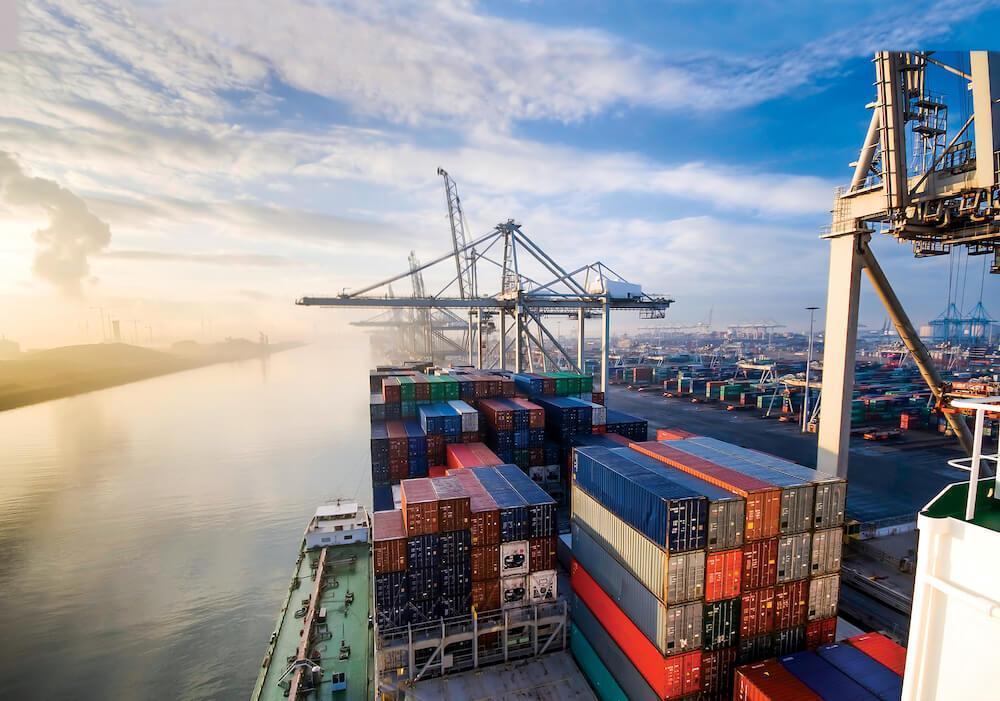Goods and services are traded between nations in international trade. It includes importing and exporting, which can be done by air or sea. Exports and imports drive global trade and economic development.
As the volume of international trade increases, it becomes easier for companies everywhere, not just in India, to import and export commodities from and to other nations. Undoubtedly, rule international trade improves the global economy and opens new avenues for discoveries and revenue.
Why does global trade occur?
Due to international trade, domestic markets can offer a broader range of services and goods. Reasons for the widespread practice of international business include:
Having resources available
Various nations have varying degrees of resource wealth. Fuel and other consumables have a global demand; however, only some can meet that need independently. Steel, gold, and diamonds are just a few examples of the natural resources that fall under this category.
In the case of oil, countries in the Middle East can supply countries that don’t have their oil fields with imports of their product.
Manufacturing of goods
When a country lacks access to specific natural resources, it cannot manufacture all products typically made with those materials. The availability of labor, capital, and services at varying costs worldwide also affects production capacities. And this is precisely why there must be global trade.
Production expenses
Most nations only generate services and goods that can be mass-produced with little input from the government. India, for instance, is a major producer of spices because the country has access to fertile agricultural areas that few other nations do. In this way, India is a significant player in the international spice trade.
Technology
The need to bring in and ship out products and services is fueled partly by technological advancements. Problems arise in many nations because of inadequate resources. Trade benefits countries with experience in contemporary service industries, including banking, communication, advertising, and transportation.
Top Export Items That Will Rule The International Trade
Production of Drugs and Pharmaceuticals
Over the 5 years to 2021, the elderly population in industrialized economies and the expanding middle classes in emerging economies have benefited pharmaceutical firms by providing a more extensive consumer base.
Many manufacturers have extended their global presence to meet the needs of these emerging countries and establish partnerships with regulatory bodies that can expedite drug approval or impose high reimbursement rates.
Oil and gas production and exploration
Oil and gas are found and extracted from deposits worldwide by companies operating in the International Oil & Gas Production and Exploration industry. There has been a continuous rise in output over the 5 years leading up to 2022, but the price of natural gas and crude oil has varied, leading to unpredictable revenues.
Earlier in the decade and 2020, prices dropped as slowing global demand met with steadily expanding supply, but they rebounded strongly in 2021 and 2022.
Production of Automobiles and Cars
Macroeconomic stability progress and historically low loan rates have been a boon to the International Car & Automobile Manufacturing sector over the first five years leading up to 2022 when demand is expected to peak.
Demand from the increasingly wealthy private sector for new vehicles has been fueled by technological advancements, especially in electric and hybrid cars, internal-combustion engine fuel savings, infotainment development, and autonomous driving capabilities.
Textile Production
One of the most significant aspects influencing the global demand for the apparel manufacturing sector is the level of discretionary income and general economic health in the region concerned. In the past few years, the business has prospered from an increase in revenue and profit as more and more consumers have opted to buy more clothing at lower rates.
The substantial outsourcing of garment production from known industry facilities in developed economies to developing economies has sustained this trend by drastically reducing production costs, thereby lowering the total price of apparel and creating clothing and accessories products increasingly cost-effective to an exponentially growing consumer base.
Manufacture of Plastic Products and Packaging
Negative and positive trends worldwide in the Plastic Goods & Packaging Manufacturing sector over the five years through 2021. As a result of rising capacity everywhere, global plastic production has been snowballing, and the company has benefited from this trend.
Plastic products are widely used in place of their more traditional counterparts made from wood, paper, metal, and glass because plastic generally offers lower production costs without sacrificing functionality.
However, throughout the 5 years to 2021, industry income is projected to fall by 0.2% on average to $489.2 billion, despite increased consumption and output for most of the present time.
Producing Electronics for Consumer Use
Over the five years to 2022, revenue from the worldwide consumer electronics manufacturing business is projected to climb from $1.48 trillion to $1.66 trillion, an increase of 4.6% from 2021. Consumption of consumer electronics has been driven by product innovation, price declines, rising household incomes, and improved consumer sentiment.
However, sales dropped in 2020 due to the COVID-19 pandemic, which harmed worldwide demand for electronics due to its disruptive effects on supply networks and the global economy.
Conclusion
Better business prospects and higher living standards are only two benefits of rule international trade to the global economy. It also gives consumers more product options from which to pick, which is good for business.
Many wealthy and developing countries are banking on export growth in the coming decade. They will succeed if they put all their energy into producing and exporting ecologically sustainable goods.



